ISYS224 Database Systems Assignment 2: Loan Management Report
VerifiedAdded on 2023/06/04
|17
|2167
|422
Report
AI Summary
This report presents a comprehensive solution for ISYS224 Assignment 2, focusing on database systems within the context of Spock Bank's loan management. The assignment covers several key areas, starting with the creation and population of database tables, followed by the implementation and testing of a procedure for loan repayment, including scenarios for successful and unsuccessful repayments. The report then delves into database triggers, explaining the rationale behind their use, testing methodologies, and implementation with SQL code. Furthermore, it addresses issues with the relational schema, suggests changes, and implements them with SQL code, including a procedure for interest calculation and its testing. The assignment also includes a section on transaction management theory, covering concepts such as transactions, schedules, serializability, and conflict serializability. The solution provides detailed SQL code for table creation and modification, along with explanations and test results, demonstrating a strong understanding of database principles and practical application.
1 out of 17




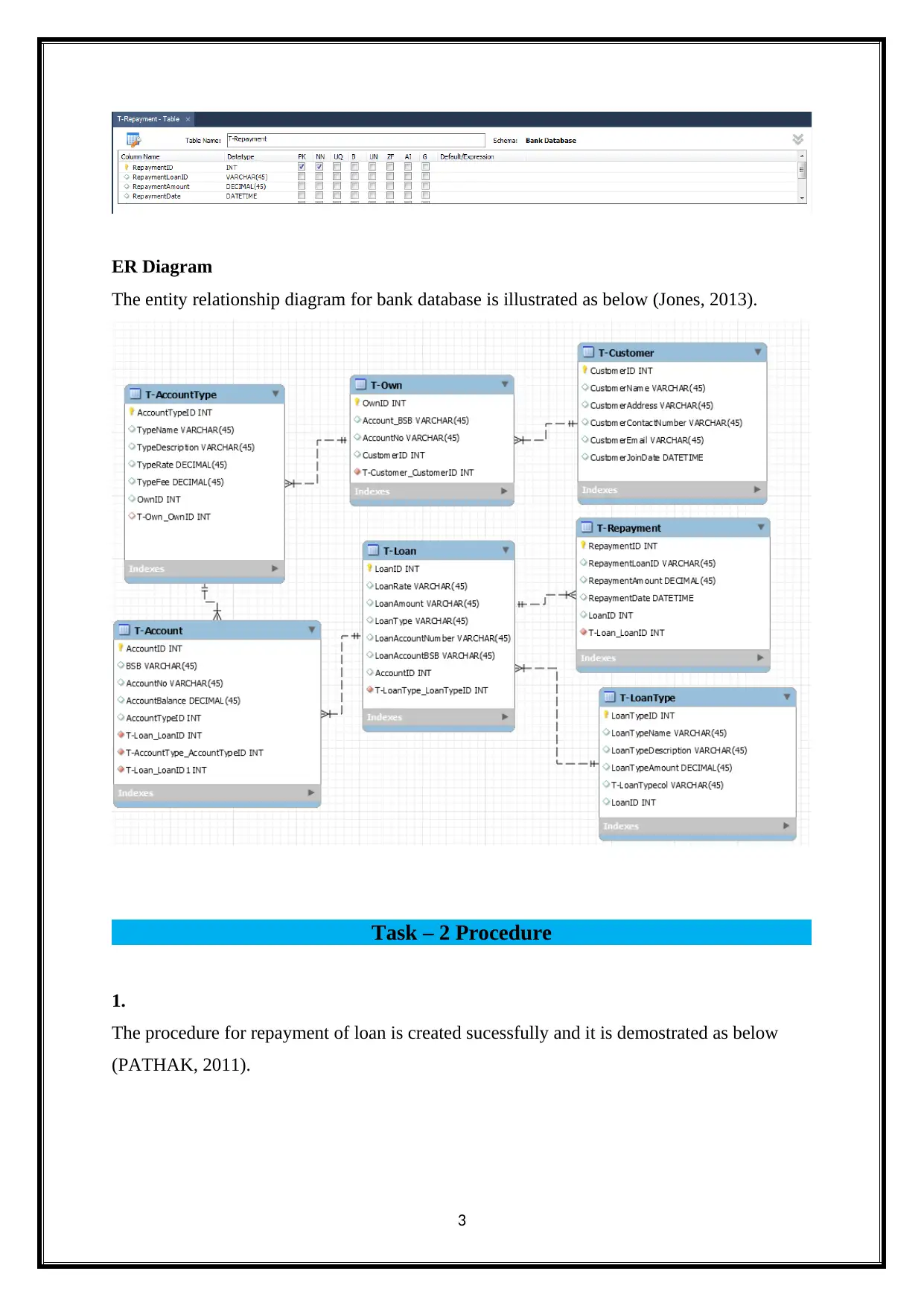
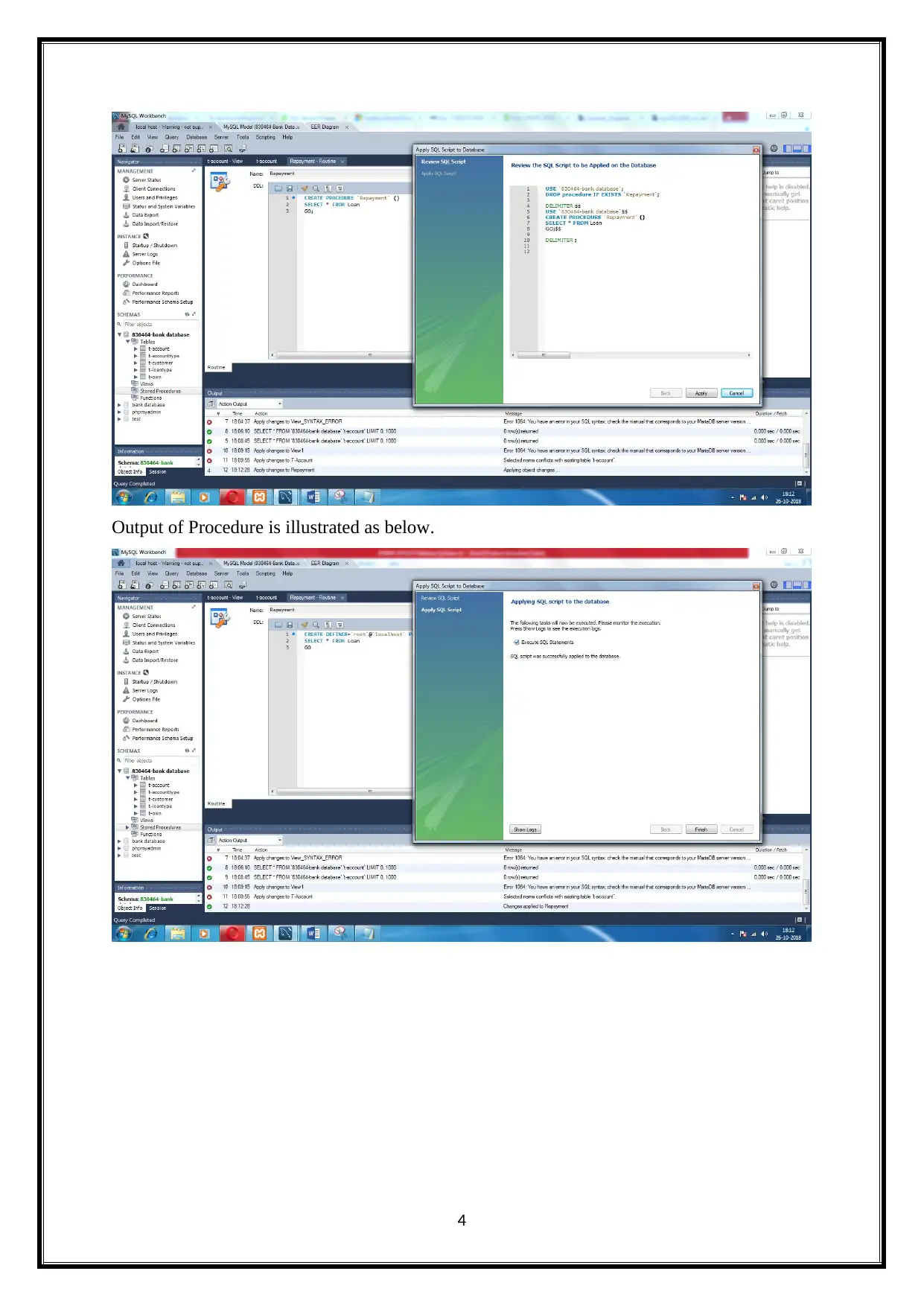
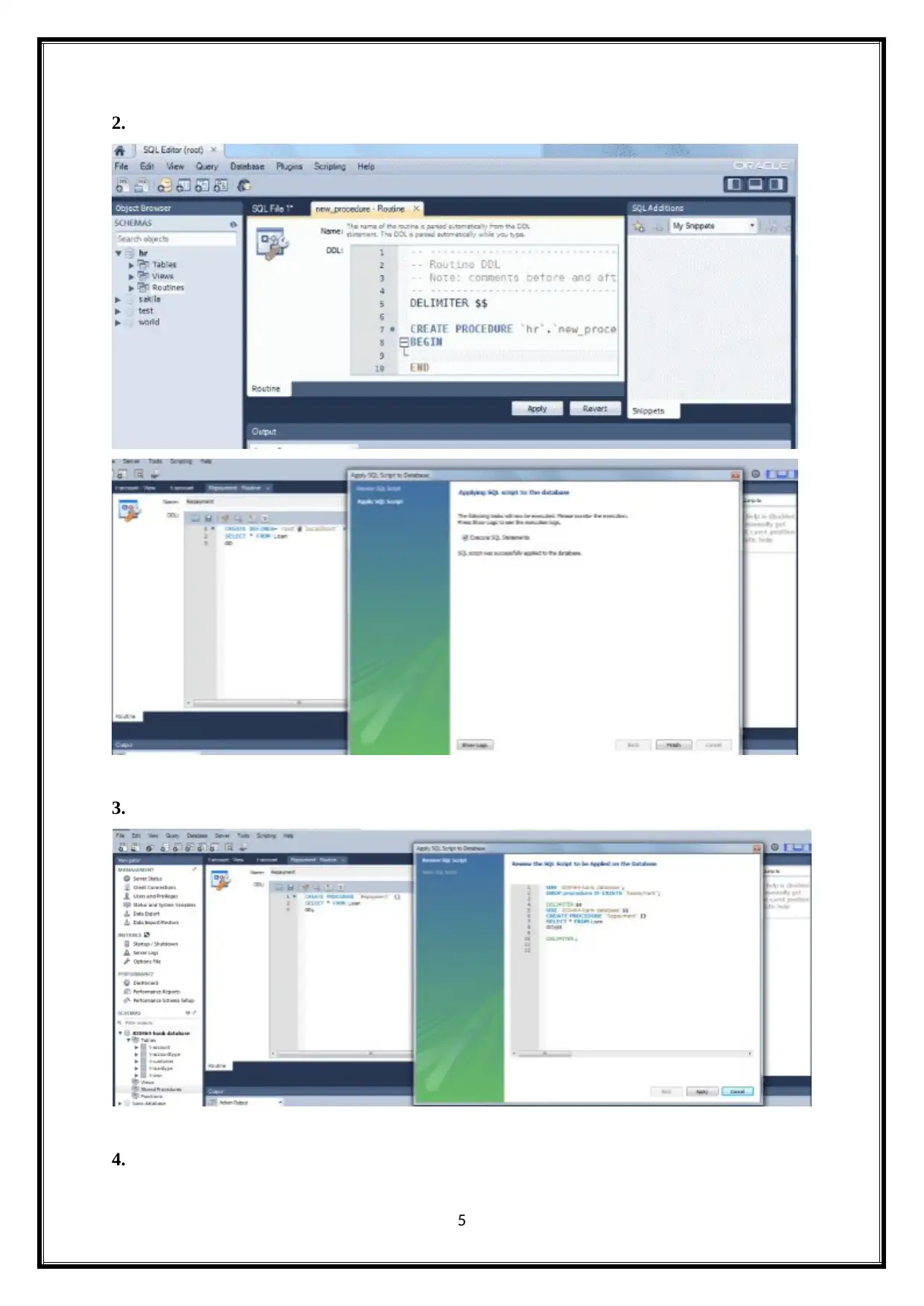
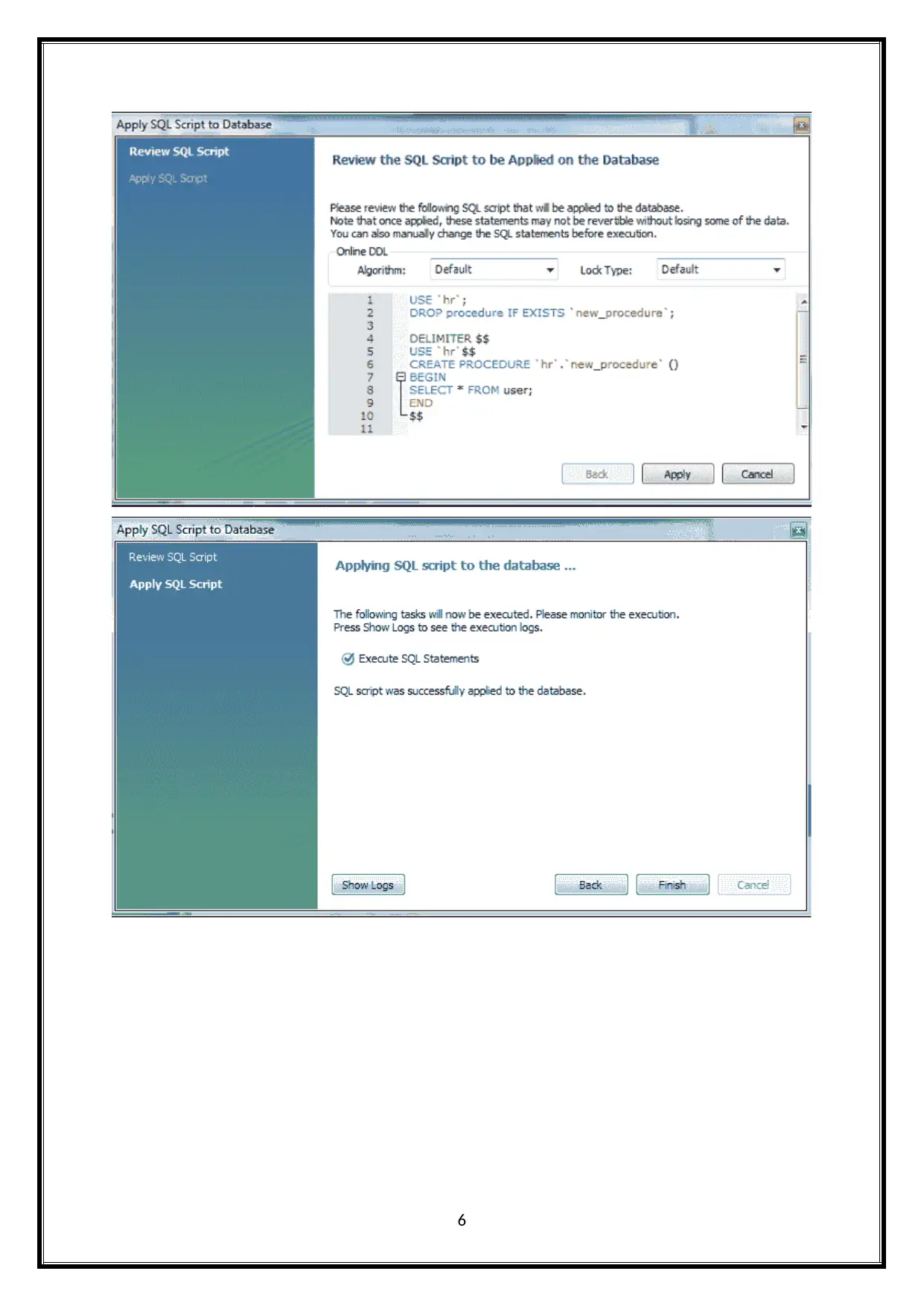
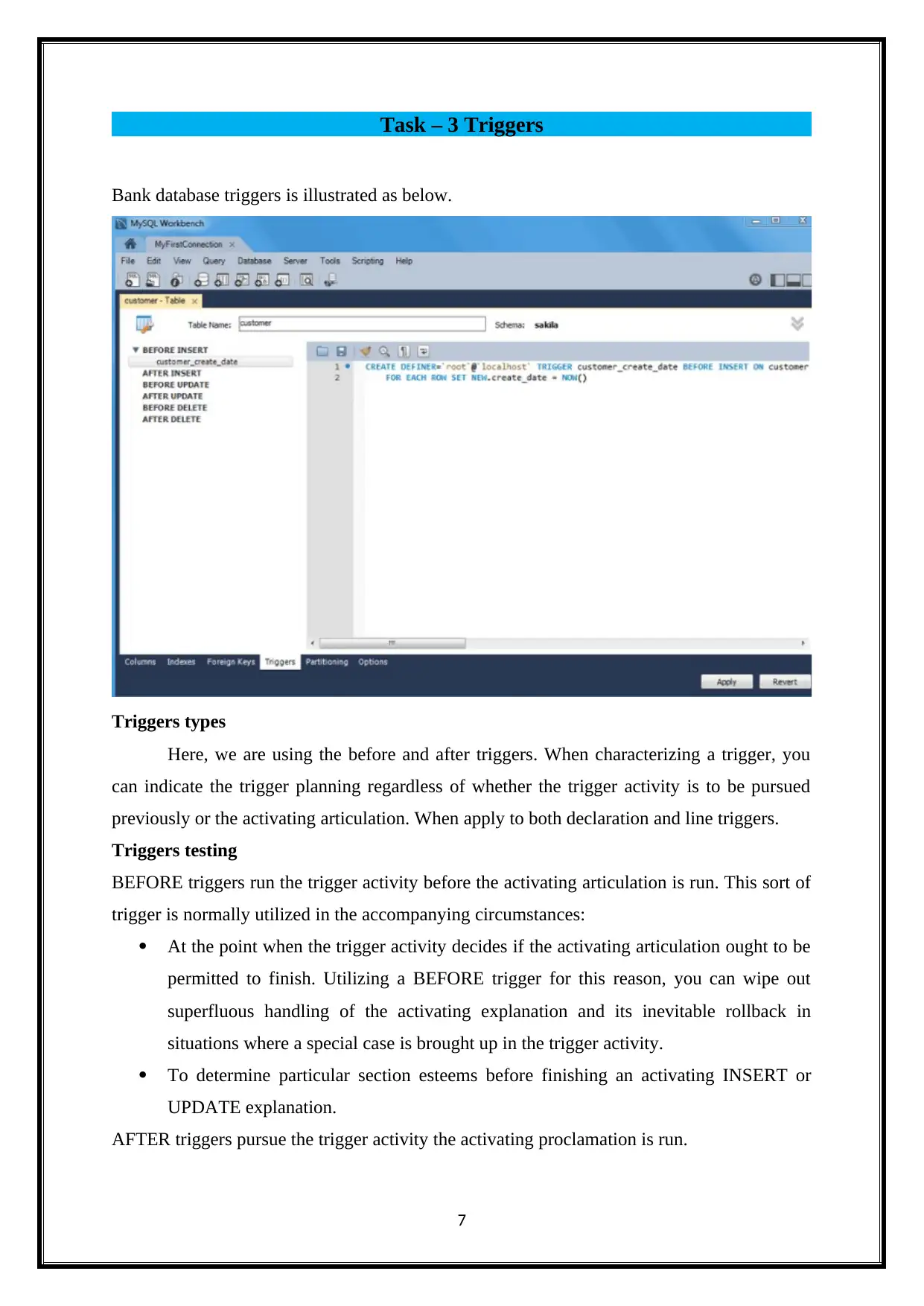
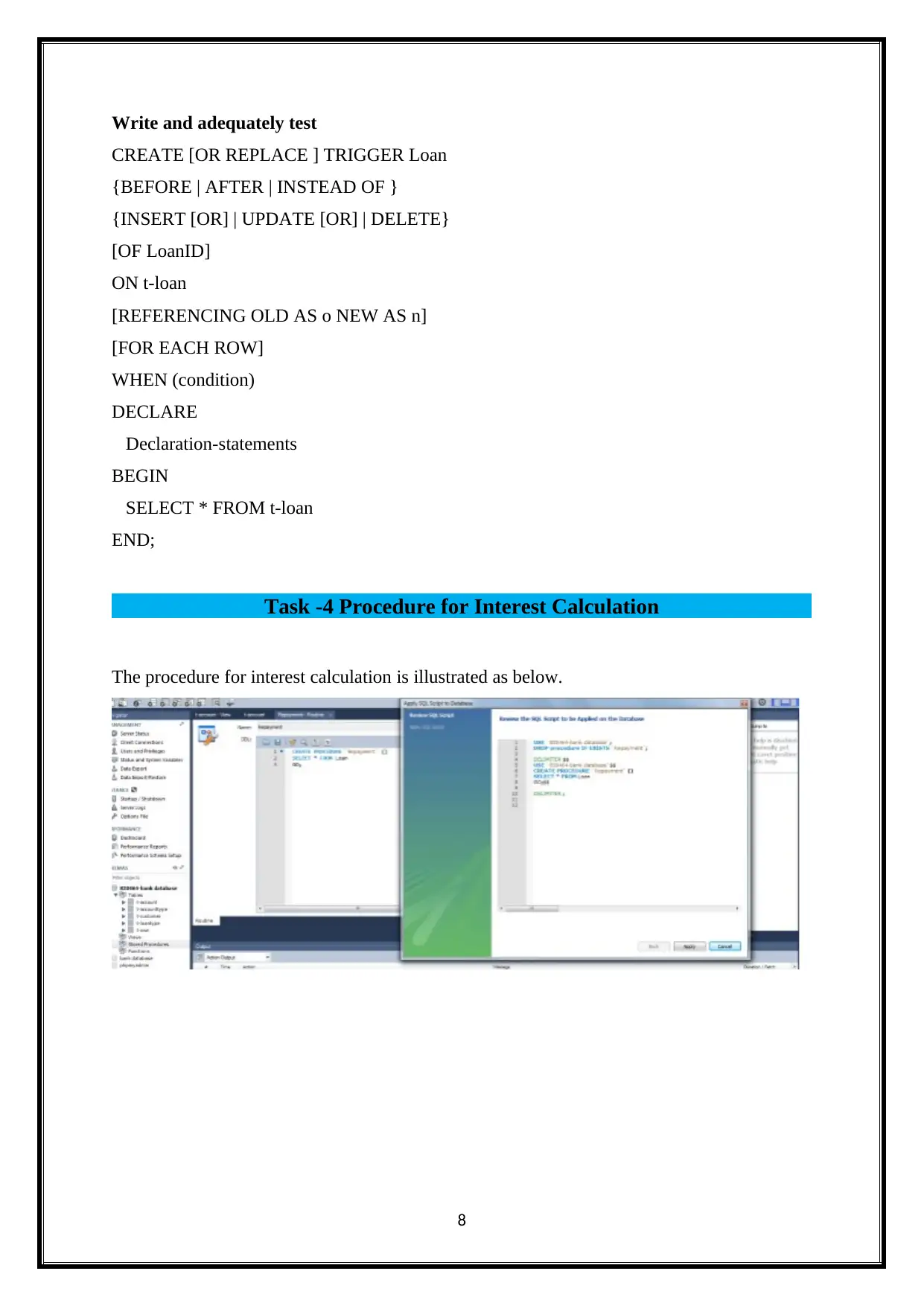
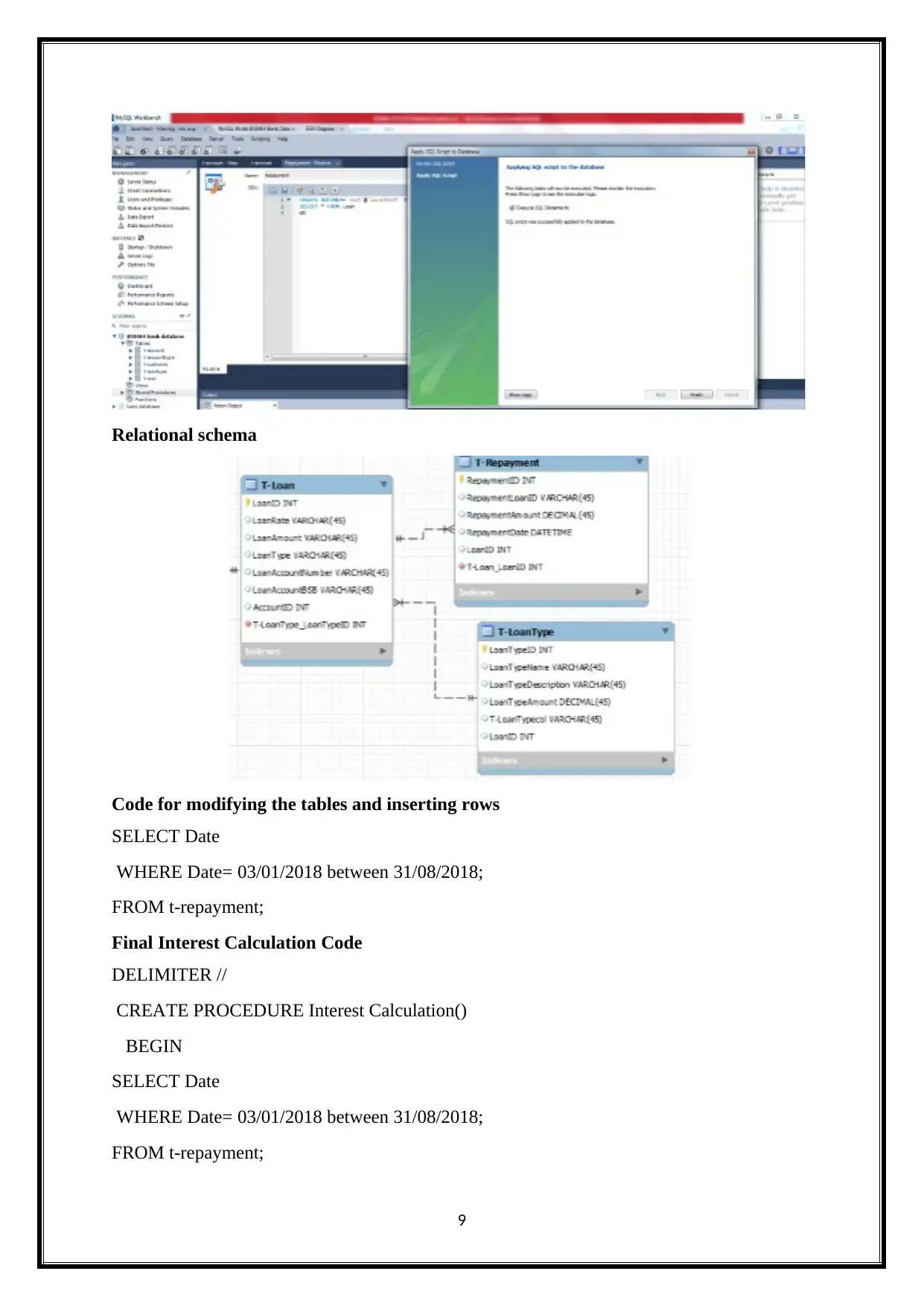
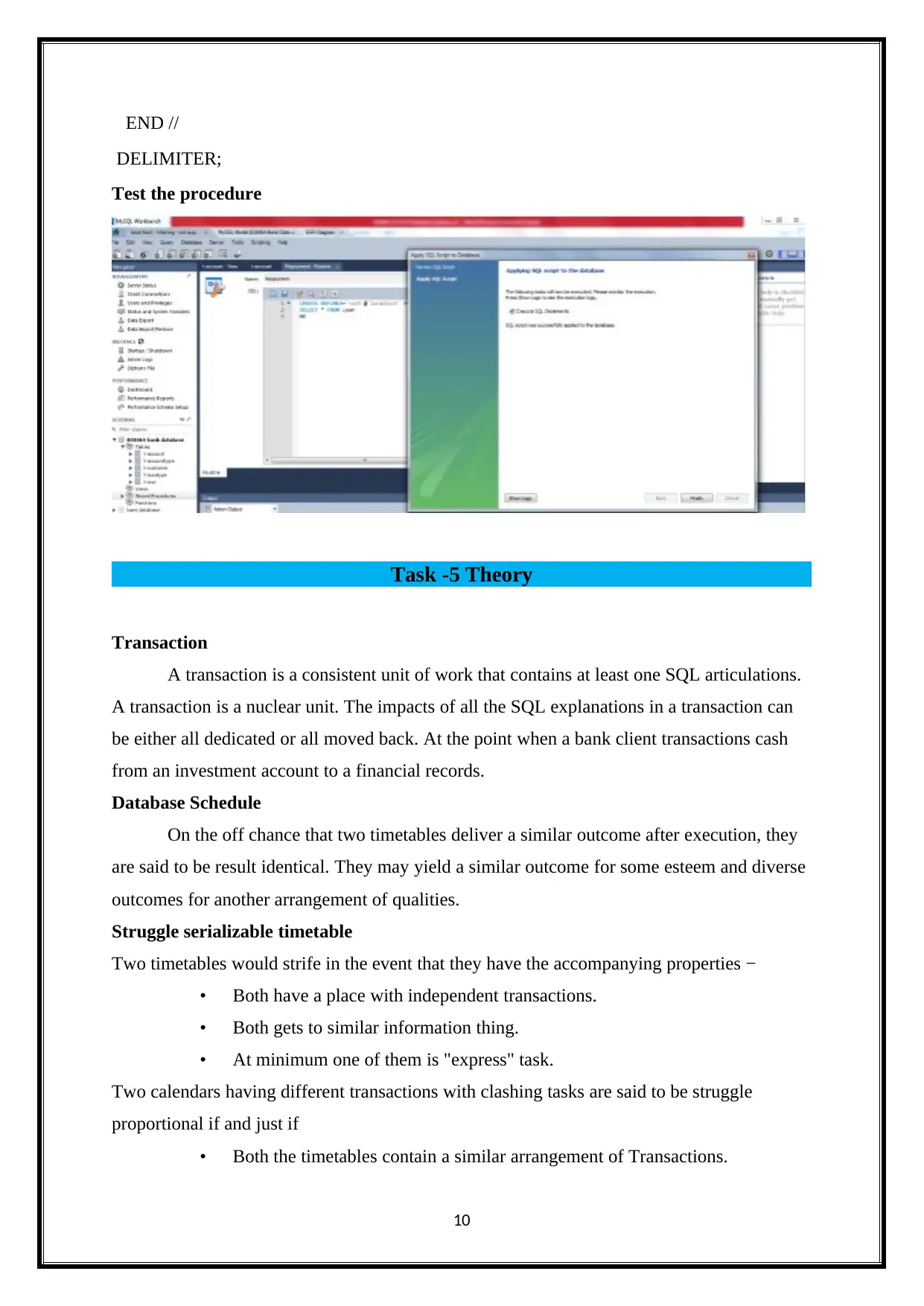
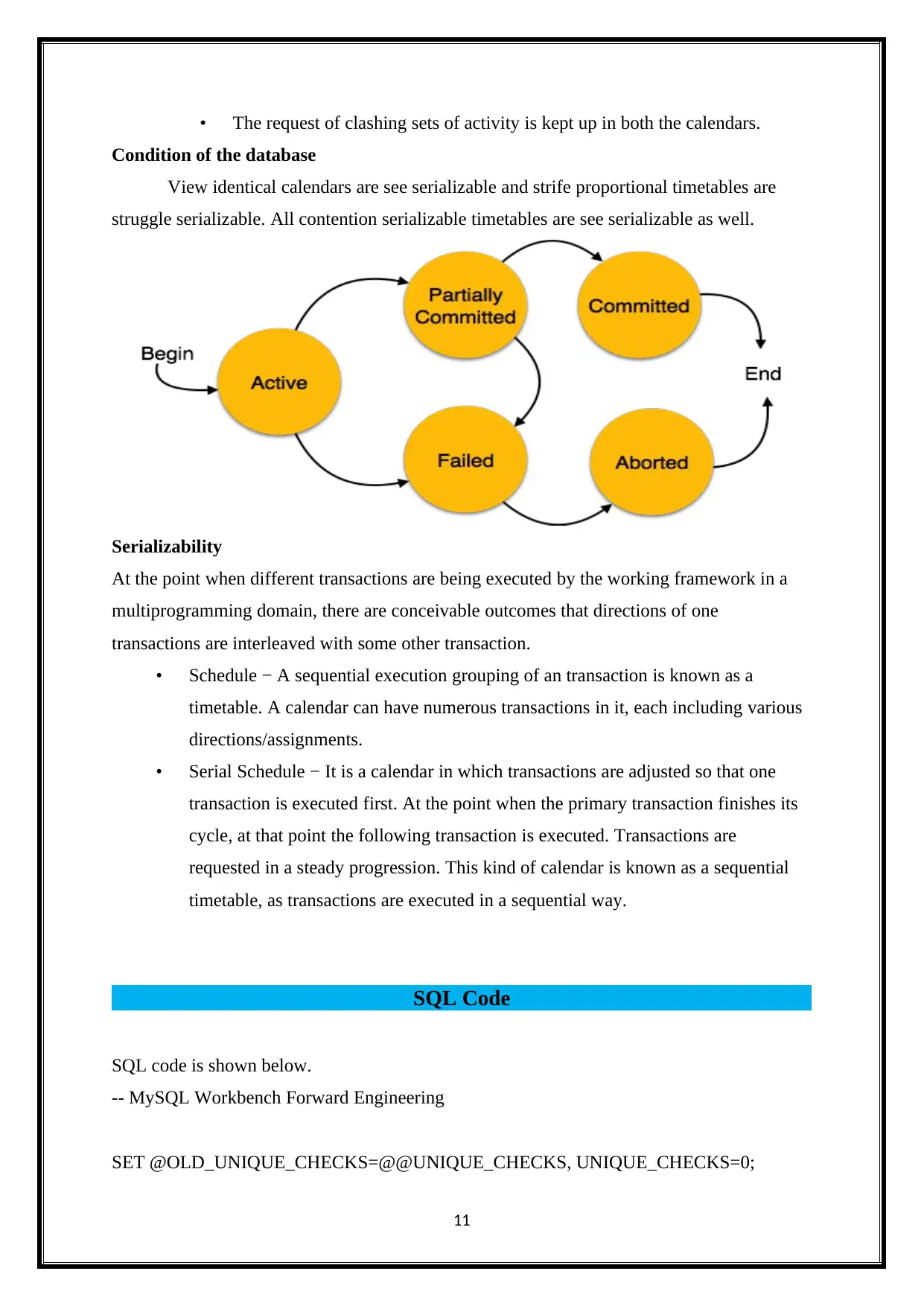


![[object Object]](/_next/static/media/star-bottom.7253800d.svg)